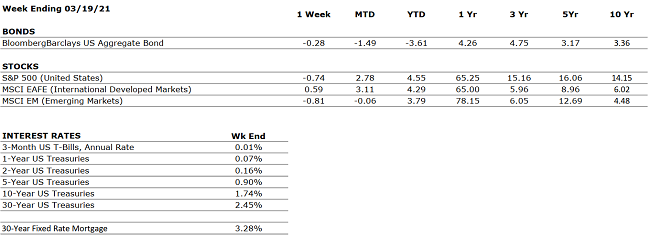The IRS and the Treasury Department have extended the federal income tax filing due date for individuals for the 2020 tax year from April 15, 2021, to May 17, 2021. Many states, including Pennsylvania, are following suit, and extending their filing deadlines to match (and in some cases extended beyond May – be sure to check with the state tax agencies where you are required to file).
The change is in response to an initial delay in the tax filing season coupled with the recent tax law changes presented by the American Rescue Plan Act. The later deadline allows individuals and tax preparers more time to accurately gather, prepare and review your tax return to determine the best possible outcome.
This relief applies to individual taxpayers, including those who pay self-employment tax.
- You do not have to take any action to qualify for this postponement.
- This relief does not apply to estimated tax payments that are due on April 15, 2021.
- The decision does not automatically change deadlines for state tax payments or payments of any other type of federal tax.
Recent changes, including those impacting unemployment and stimulus payments require software updates that present further possible delays in the preparation process. Additionally, those who qualify for additional tax benefits may still receive recommendation for an additional filing extension to October 15, 2021.
If your tax returns are prepared by our VNFA Tax Department, we ask for your patience as we manage these updates and give careful attention to each of the returns moving through our offices. Email tax@valleynationalgroup.com with any immediate questions. Otherwise, you will hear from us when we have additional updates on your return(s).


